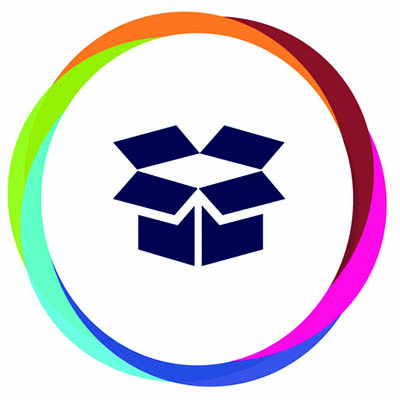
The public cloud is a massive industry with around $150 billion in annual revenues. Nearly half of that revenue is tied up in software as a service which has grown by about 20 percent a year for the past five years, and now makes up for over a third of all applications used in the world. Today, we will take a look at software as a service (SaaS) and why you should consider it, if you don’t use it already.
What is SaaS?
Simply put, SaaS is software delivered through the Internet. The service provider, which is often the developer of the software, offers a full-featured and licensed version of their software to end users through the Internet for a monthly fee. Additionally, the cloud provider assumes all the hosting, management, maintenance, development, and security costs.
The Benefits of SaaS
This shift from the on-premise software delivery model provides three stark benefits for organizations. They are:
- Eliminating Hardware Costs: Since they pay the developer per month to get the software experience through their web browser or dedicated app, they don’t have to commit to the large capital outlays that typically accompany software deployment.
- Eliminating Management Costs: More than the large hardware costs, the management costs are where organizations save the most.
- Enabling Remote Accessibility: With SaaS the software is available on any Internet-connected device.
The Detriments of SaaS
On the surface SaaS seems incredible, and hard to match. For organizations that want control over their infrastructure, have to meet compliance regulations, or simply don’t trust cloud-based deployment, however, it may not be all that it’s cracked up to be. Most cloud-based SaaS are public cloud offerings, which means that providers distribute the software to users using shared resources. Here are three problems SaaS could create:
- Possible Downtime: Any hosted system that has to be (in effect) broadcast over an Internet connection is at risk for possible downtime. Downtime, of course, is extraordinarily expensive and too much of it can really affect your organization’s ability to turn a profit. Most SaaS providers keep downtime to a minimum, but compared to on-premise software, SaaS applications have a higher risk for downtime.
- Cost: One of SaaS’ largest benefits could end up being one that could cause the biggest problems. Since the application is deployed per user for a monthly fee, and the provider takes on the cost of hosting and management, the total cost of an application can end up being substantially more than if a company were purchase and license the software for a year. Throughout an organization, this could add up to be a significant drain on your operational budget.
- Data Security: Not to say that by using SaaS you are putting your data at risk, but since you don’t have a role in managing the infrastructure that it’s hosted on, you can never really know how secure your data is and how reliable the infrastructure it is hosted on is.
Software as a service has pros and cons, but if you use it responsibly for applications that aren’t mission critical for your business, you don’t have to worry about any of the cons. If you do choose to use the cloud-based applications for your line of business applications, you may want to consider creating your own private cloud server either in-house or in a colocation center so that you’ll have control over the infrastructure. That way, you aren’t just an account number. That said, a lot of popular software solutions are only available through a SaaS model, or at least trying to go that way.
If you would like to talk to an IT professional about cloud computing, software as a service, or any other business computing, call COMPANYNAME today as PHONENUMBER.